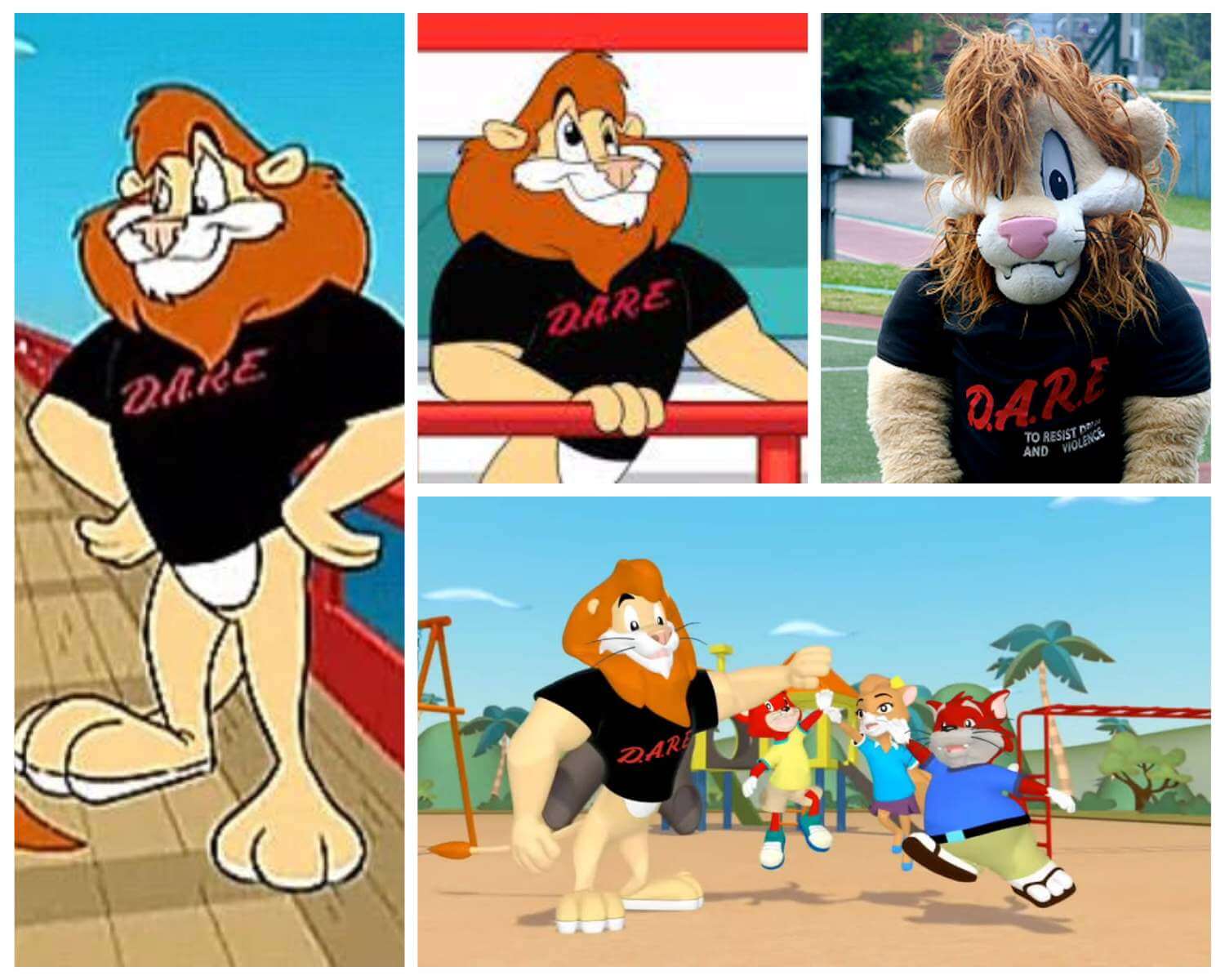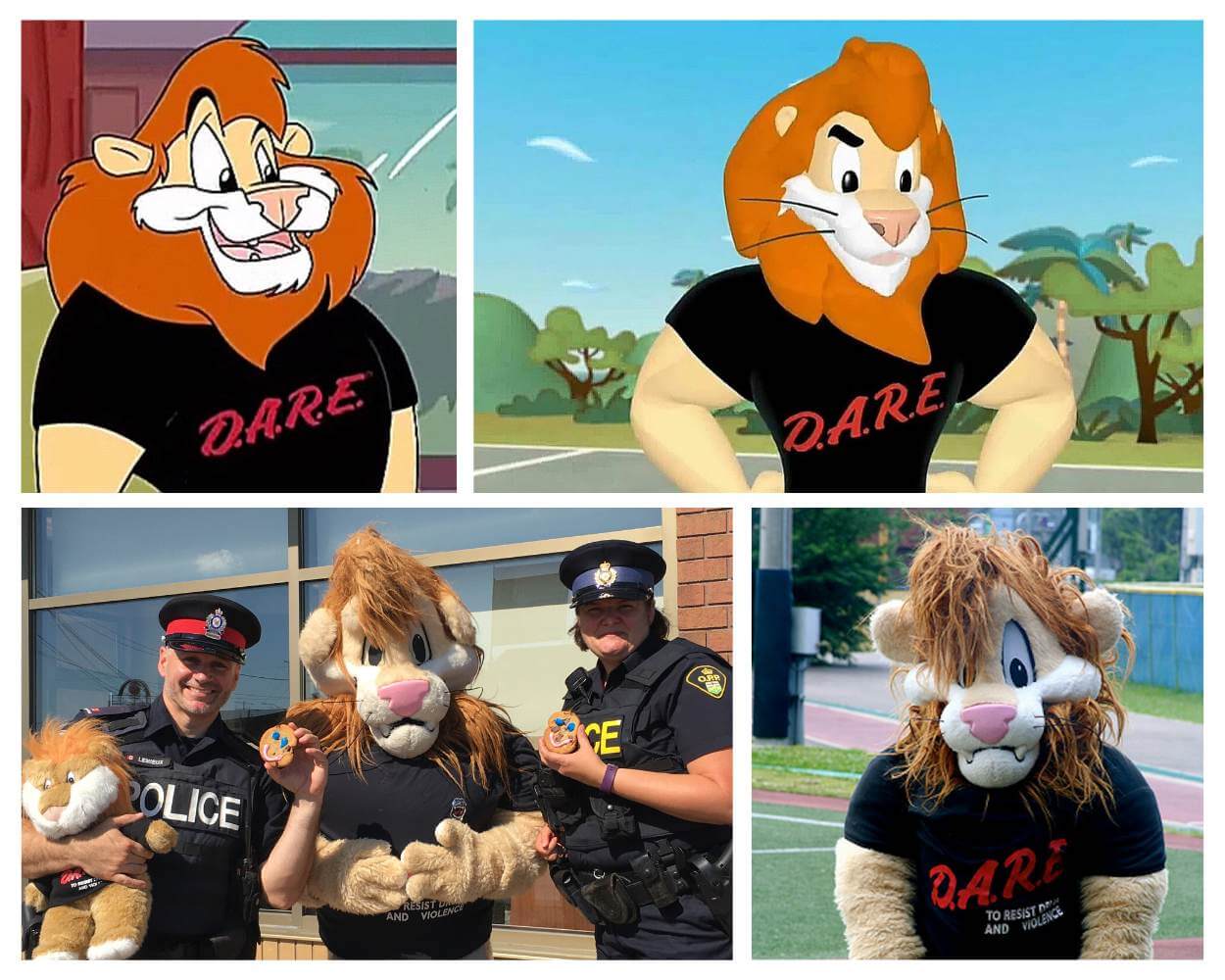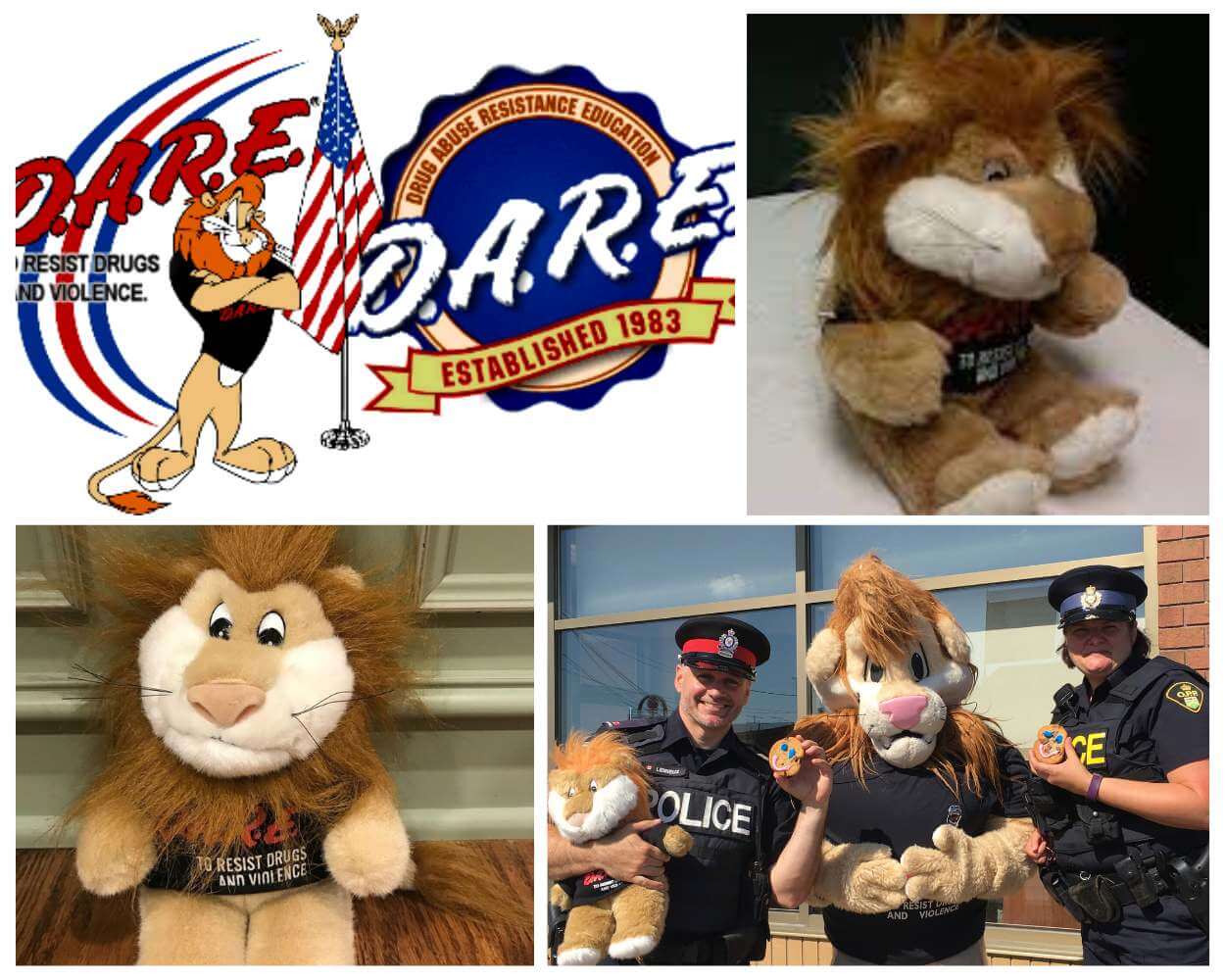Daren the Lion is the official mascot of the Drug Abuse Resistance Education, known as the D.A.R.E. program for kids and middle schools. This widely recognized initiative aims to educate children and young people about the dangers of drugs, alcohol, and violence.
As the friendly face of the program, Daren has played a significant role in promoting the D.A.R.E. message and engaging with its target audience.
This article will explore the history of Daren the Lion and the D.A.R.E. program and their impact on drug education.
Daren the Lion: The Iconic Symbol of Strength and Power
Daren the Lion is the official mascot of the D.A.R.E. (Drug Abuse Resistance Education) program. He was introduced in 1983 as a friendly and engaging character to help educate young students about the dangers of drug use, gang involvement, and violence.

Daren the Lion: A Brief History
In 1983, Daren the Lion debuted as the official mascot of the D.A.R.E. program.
L.A.P.D. Chief Daryl F. Gates, the program’s co-founder, created the character as a friendly and engaging figure that could connect with children.
The program’s acronym, D.A.R.E., inspired Daren’s name, while his design showcases a bold red mane, a blue uniform, and a confident smile. As the face of the program, Daren has been featured in various educational materials, promotional campaigns, and events promoting the D.A.R.E. message.
His presence enhances the program’s accessibility and engagement for children and young people and symbolizes the fight against drug abuse and violence.
The D.A.R.E. Program: Origins and Goals
The program aims to equip children and young people with the knowledge and skills to make informed decisions about drugs, alcohol, and violence.
The D.A.R.E. program emphasizes a preventive approach, aiming to address substance abuse issues before they arise.
Its foundation is built on the conviction that educating children and fostering open communication can empower them to make healthier choices.

Impact and Effectiveness of the D.A.R.E. Program
Over the years, the D.A.R.E. program has reached millions of children in the United States and worldwide, with implementation in thousands of schools across 50 states and over 50 countries.
People have praised the program for educating children about the dangers of drug abuse and violence, but its effectiveness remains debatable.
Some studies show that the D.A.R.E. program has a limited impact on reducing drug use among children and teenagers. Critics contend that the program’s emphasis on abstinence may not effectively address the complexities of drug abuse and addiction.
Nonetheless, the D.A.R.E. program has evolved, adapting its curriculum and approach to address these concerns. The program now covers decision-making, peer pressure, and communication skills, striving to offer a more comprehensive and evidence-based approach to drug education.
Daren The Lion
One fascinating aspect of Daren the Lion, the D.A.R.E. program’s official mascot, is the character’s development to bridge the gap between law enforcement and children.
Daren’s friendly and approachable demeanor was designed specifically to cultivate trust and open communication between police and young people, helping to dismantle barriers and encourage a positive relationship.
Police officers often wear Daren the Lion’s costume when visiting schools and community events as part of the D.A.R.E. program.
Officers don the Daren costume establish a non-threatening and engaging connection with children. This encourages kids to approach them more easily and discuss their concerns, fears, or questions about drugs, alcohol, and violence.
This distinctive aspect of Daren the Lion emphasizes the significance of creating relatable and accessible characters to effectively communicate important messages to young audiences.
By portraying law enforcement in a friendly and approachable manner, Daren the Lion has played an essential role in fostering trust and establishing a solid foundation for positive community relationships.

Changes in D.A.R.E. Curriculum
The D.A.R.E. program has evolved significantly since its inception in 1983, adapting its curriculum to better address the shifting landscape of drug use and other challenges faced by today’s youth.
Some key changes in the D.A.R.E. program’s curriculum include:
Daren the Lion Expanding the focus
While the original D.A.R.E. curriculum primarily focused on drug abuse prevention, it has since expanded to include topics such as bullying, internet safety, and mental health.
These additions help to address a broader range of issues that can impact the well-being of children and adolescents.
Emphasis on life skills
Recognizing that merely providing information about drugs may not be enough to encourage healthy choices, the D.A.R.E. program now emphasizes teaching life skills such as decision-making, problem-solving, and communication.
This approach aims to equip children with the tools they need to navigate the complex challenges they may face.
Daren the Lion Evidence-based Strategies
Addressing the program’s effectiveness concerns, the D.A.R.E. curriculum now includes evidence-based strategies from fields like public health and psychology.
The updated curriculum relies on research and best practices to make the program more impactful and relevant to the needs of today’s youth.

Conclusion
The D.A.R.E. program and Daren the Lion, its mascot, have adapted to societal changes.
They’ve updated their curriculum and incorporated evidence-based strategies to remain relevant in children’s and adolescents’ lives. This helps D.A.R.E. and Daren promote health, well-being, and informed decision-making among young people.
Their ongoing evolution highlights the significance of staying responsive and adaptable amidst new challenges and a constantly changing world.